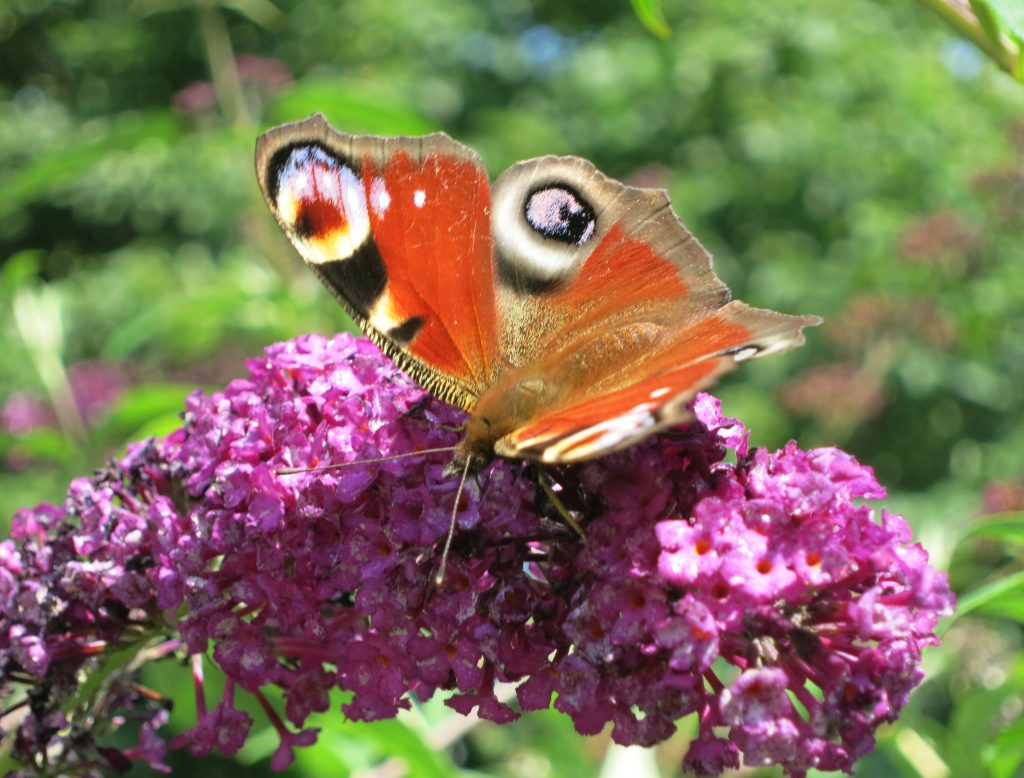
On sunny days, we have a wide variety of insect visitors; most fairly common such as Cabbage White butterflies, Brimstones and Meadow Browns. We also have Solitary Bees and Honey Bees, not to mention the many Bumble Bees who nest in cavities in the drystone walls.
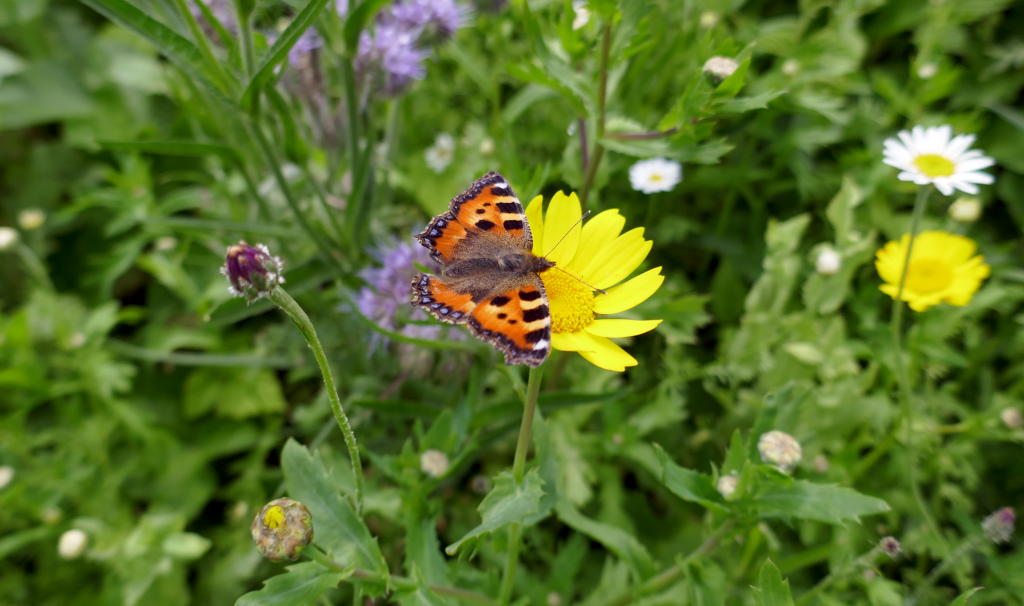
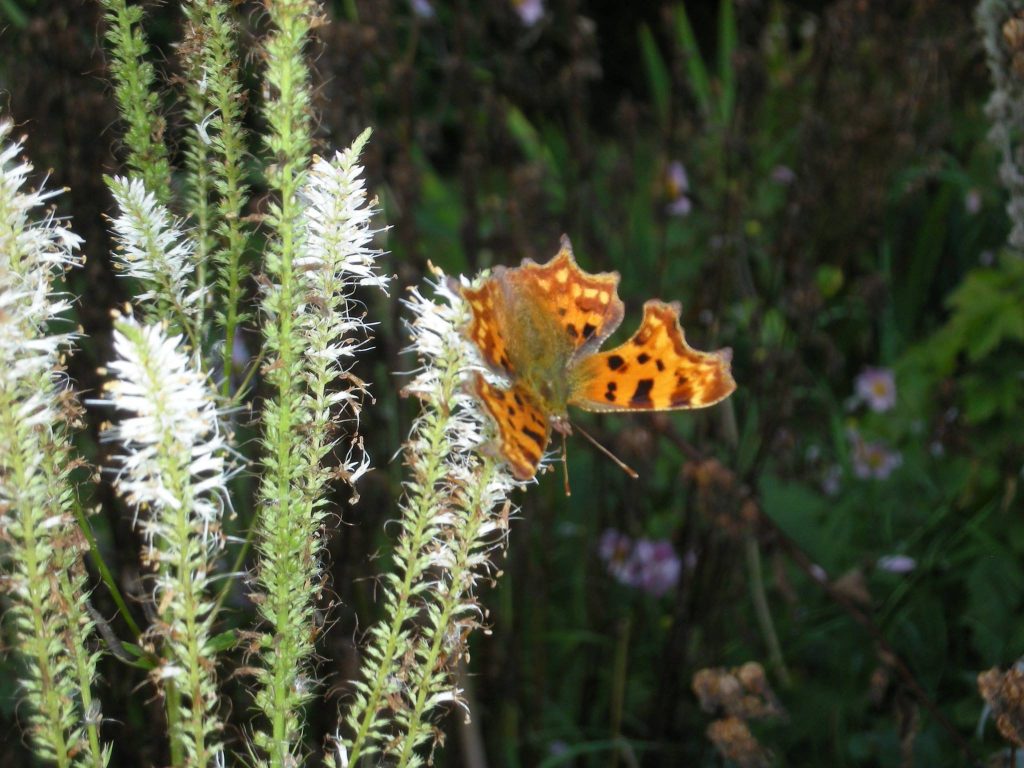
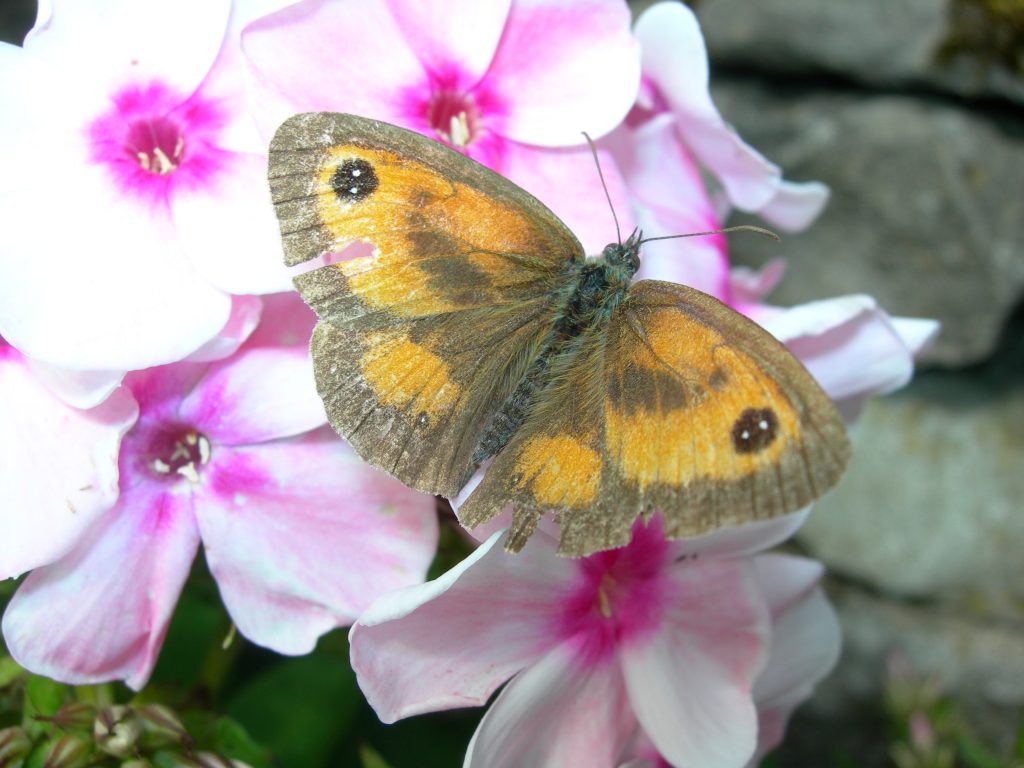
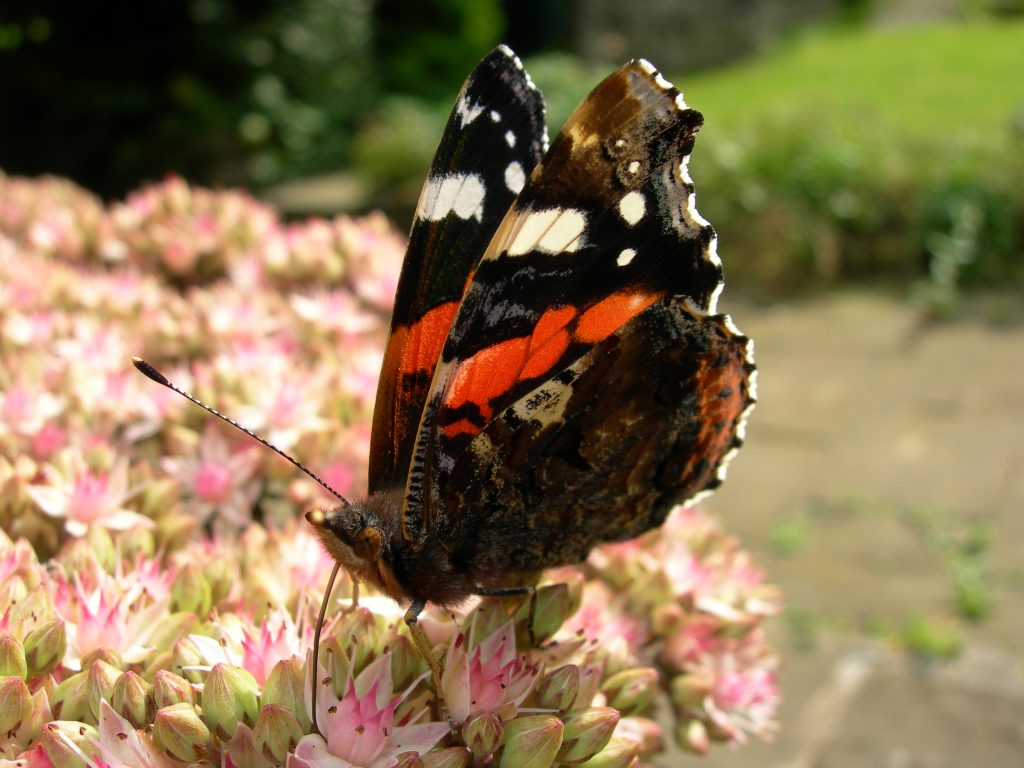
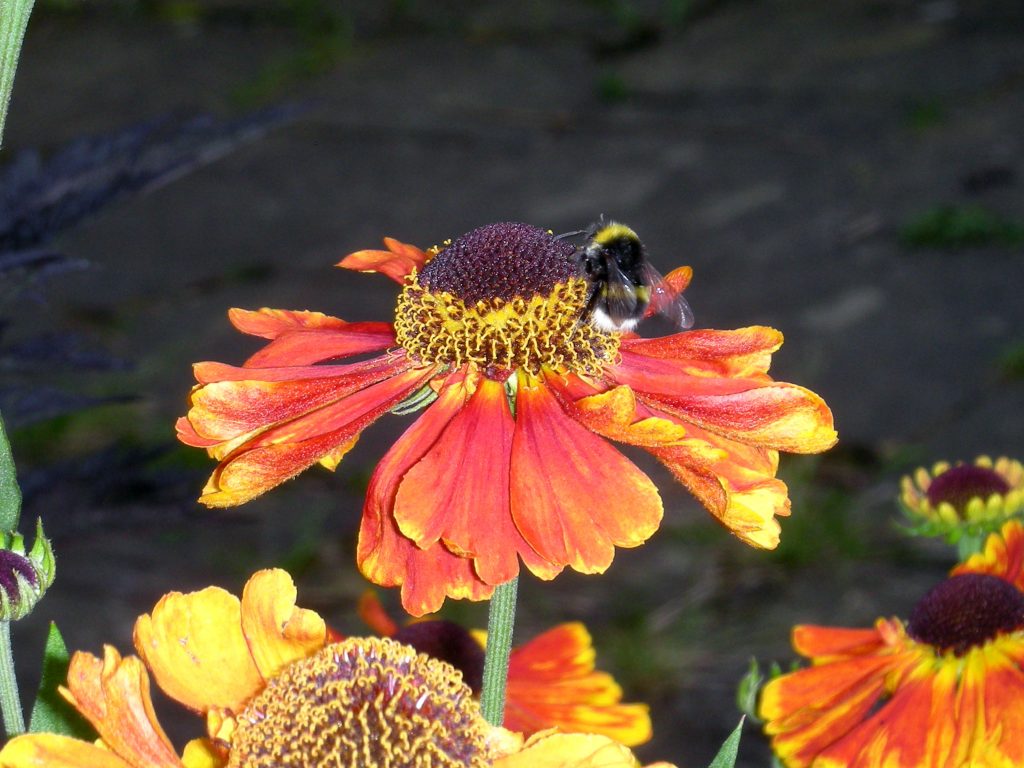
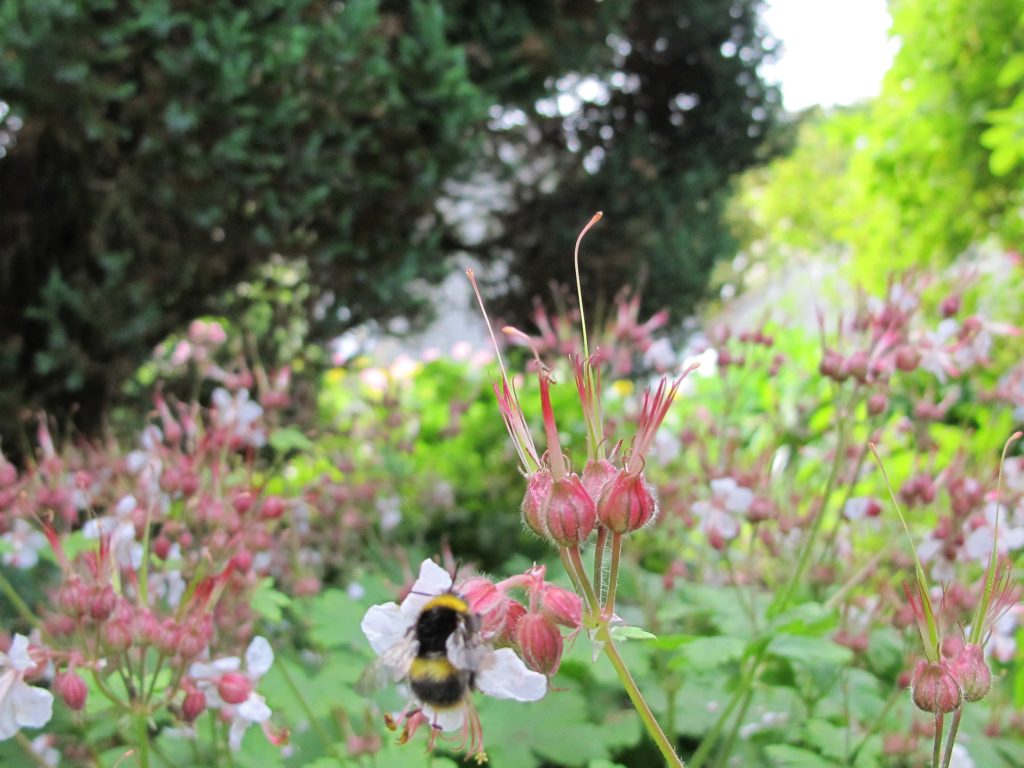
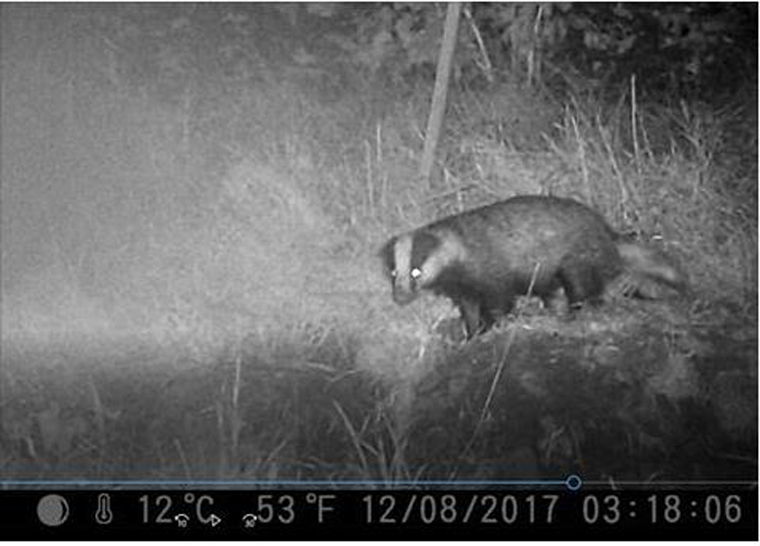
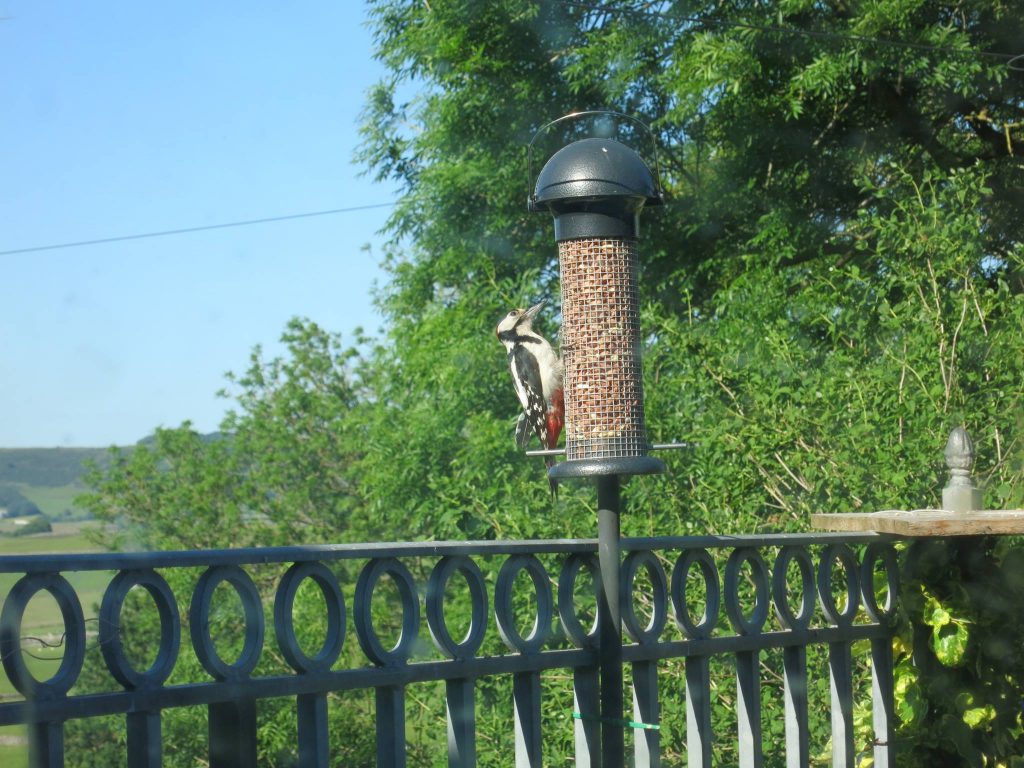
Our most frequent visitors to the bird feeders are Goldfinches and Coal Tits, but we also see plenty of Blue Tits, Great Tits, Chaffinches, Bramblings and Robins. There’s a pair of Collared Doves who drop in from time to time, plus the odd Magpie and a Crow or two. We usually have a pair of Blackbirds rearing their broods in the shrubs and trees as well as Sparrows, some of which nest in the shrubs while several pairs raise broods under the eaves at the back of the house. As both the field and garden are inhabited by Field Mice, Shrews and Voles as well as an occasional Stoat, we often spot Sparrow Hawks and Owls on the hunt. We are also serenaded on summer evenings by the emotive cry of Curlews, but nothing signals the passing of the seasons like the coming and going of the Swallows.
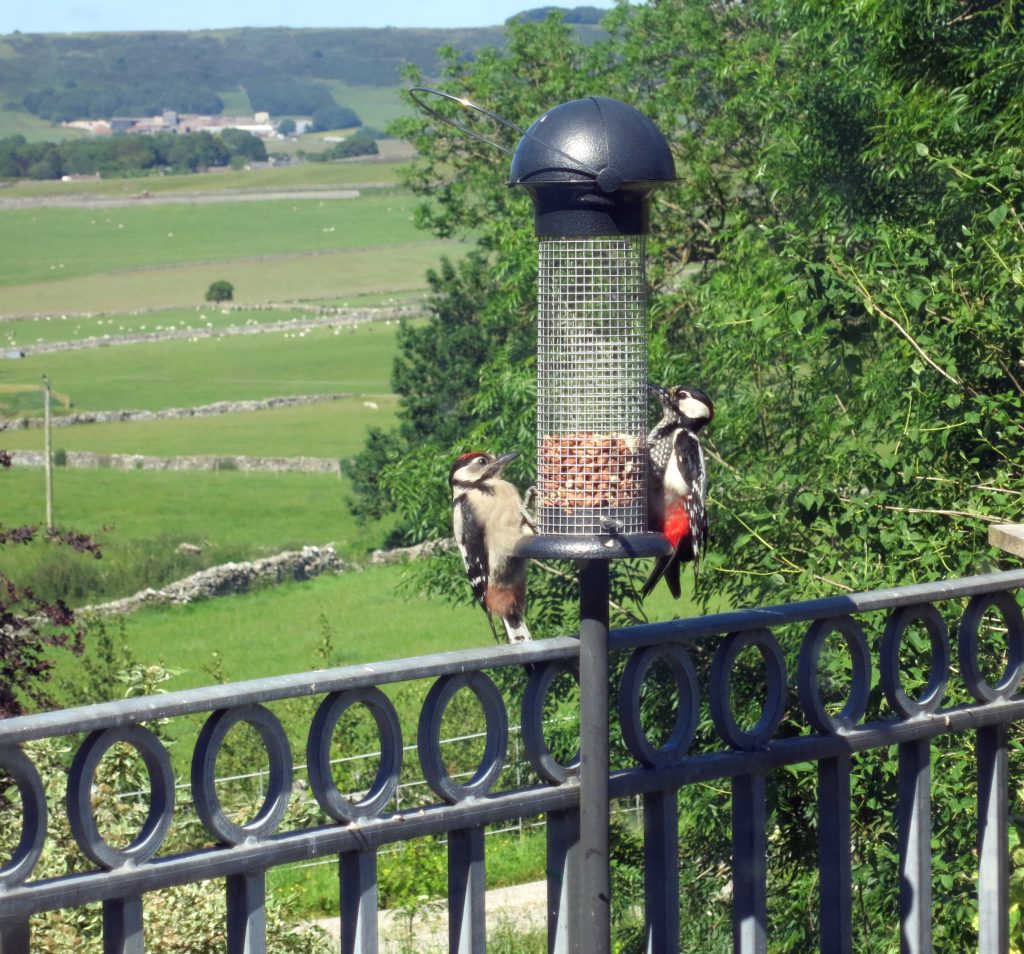
We often see Woodpeckers visiting our birdfeeders, but Bullfinches are very infrequent visitors.
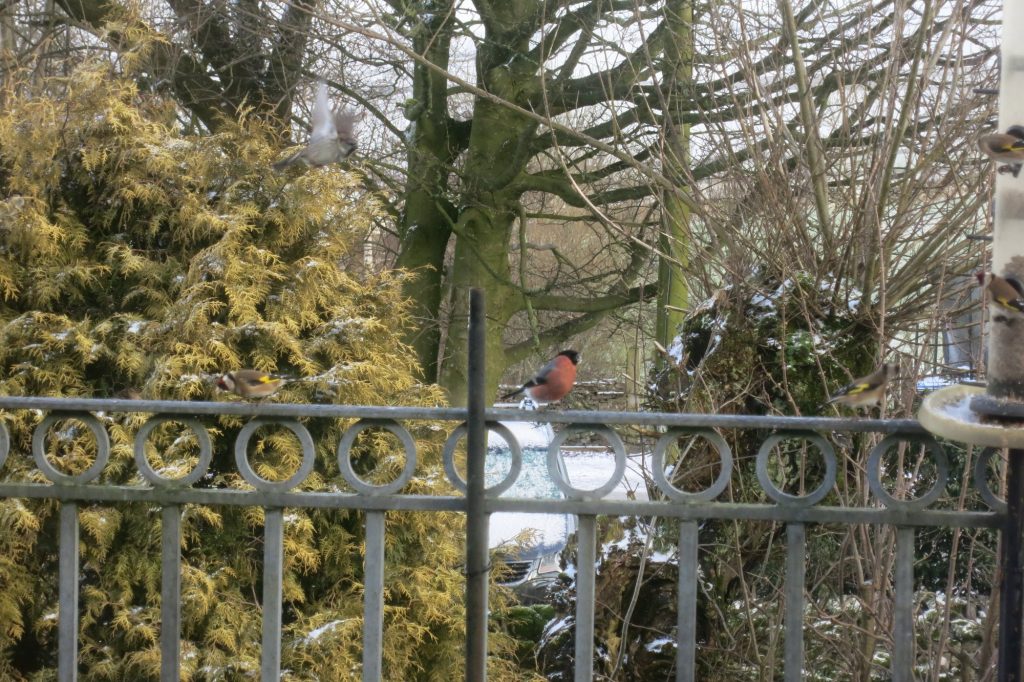
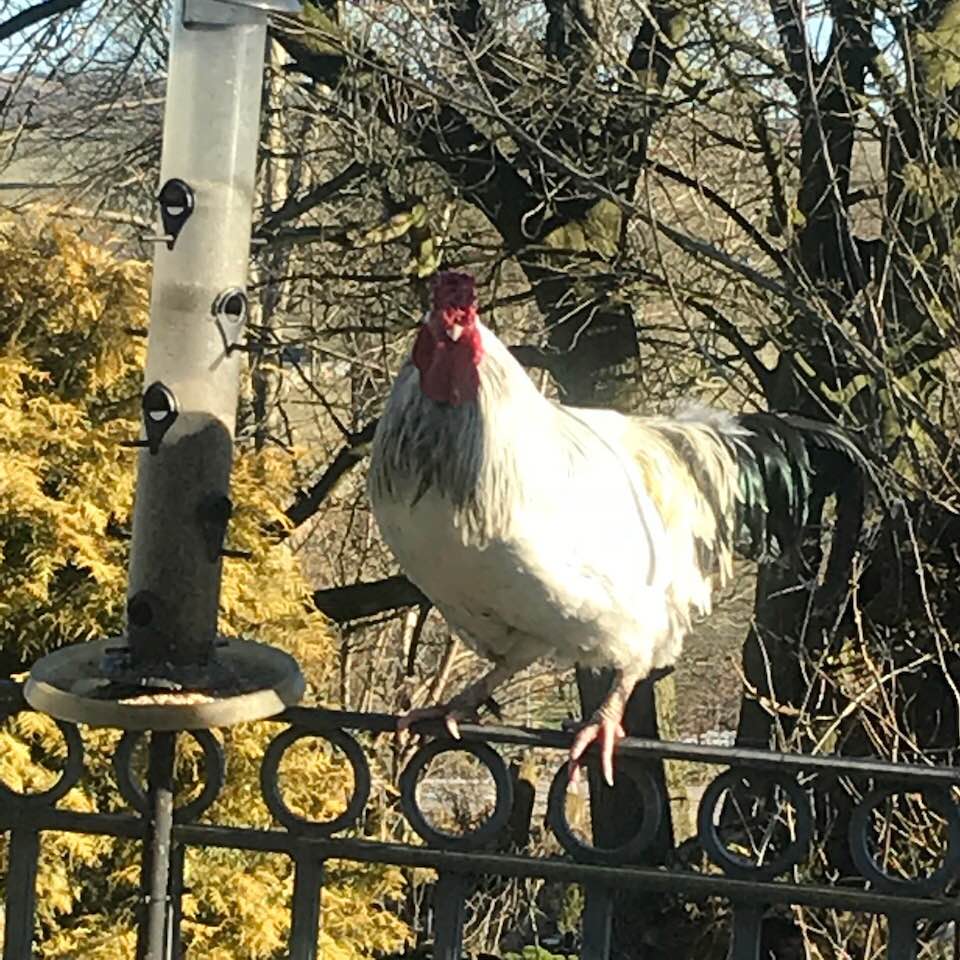
Not strictly “wildlife” but a frequent visitor for a while was a feral cockerel, probably an escapee from a local farm; he lived in the wild, roaming freely throughout the neighbourhood for several years.
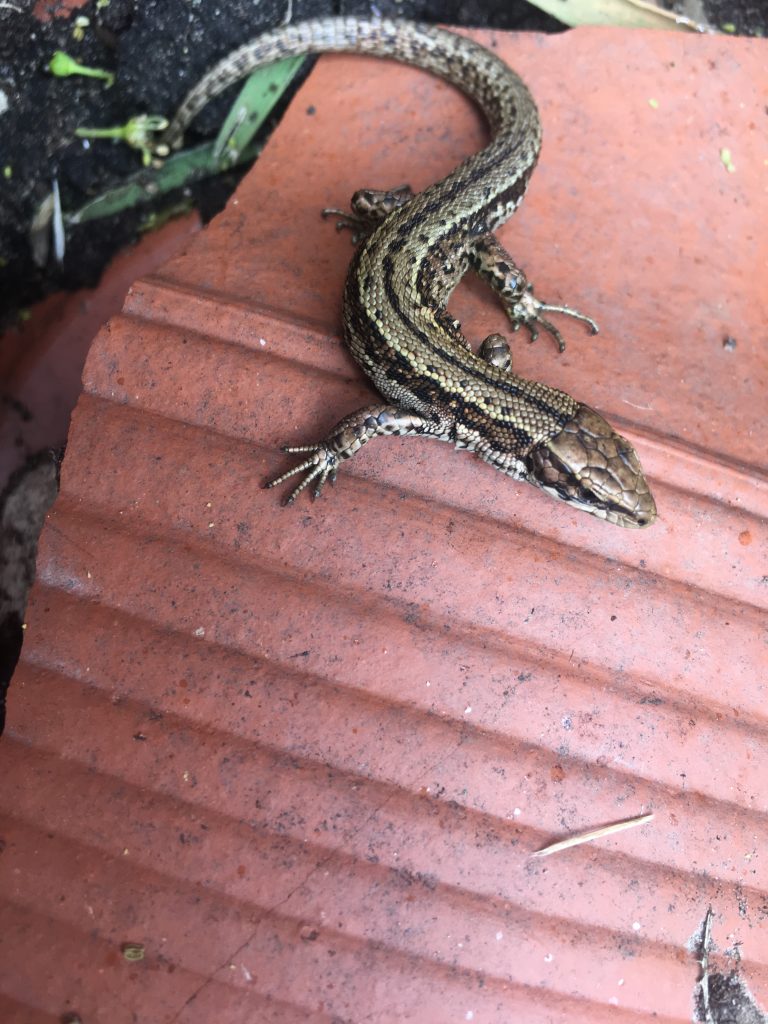
Imagine my surprise, upon moving a large plant pot with a few crocks inside, to come across a Lizard….. the first and only one I’ve ever seen in the Peak District, though you can be sure it is not alone….. there must be several more Lizards not too far away from this one.
I often find Frogs and the occasional Toad, and even the odd Newt hiding beneath heavy stones.
In order to increase the slug-eating reptile population, I am planning a pond. However, on ground that is largely rock beneath a thin layer of soil, it will need to be a shallow pond.
Making use of one of the few areas of level ground, the proposed pond is drawn with the help of a length of garden hose
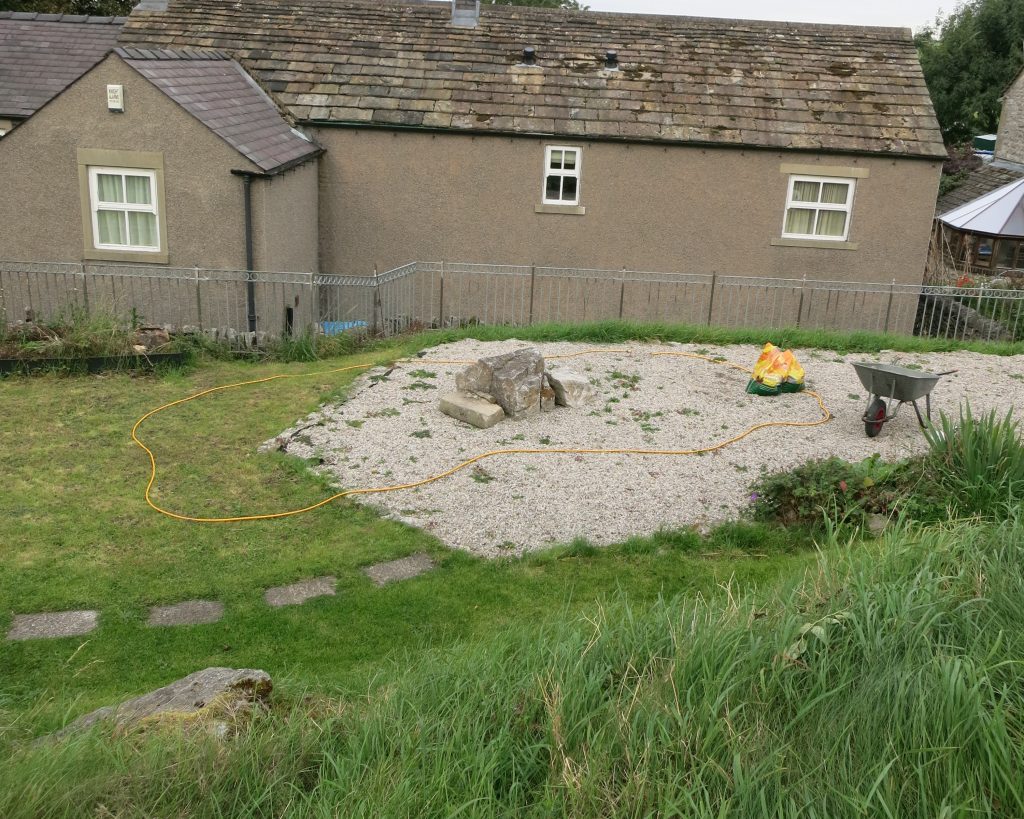
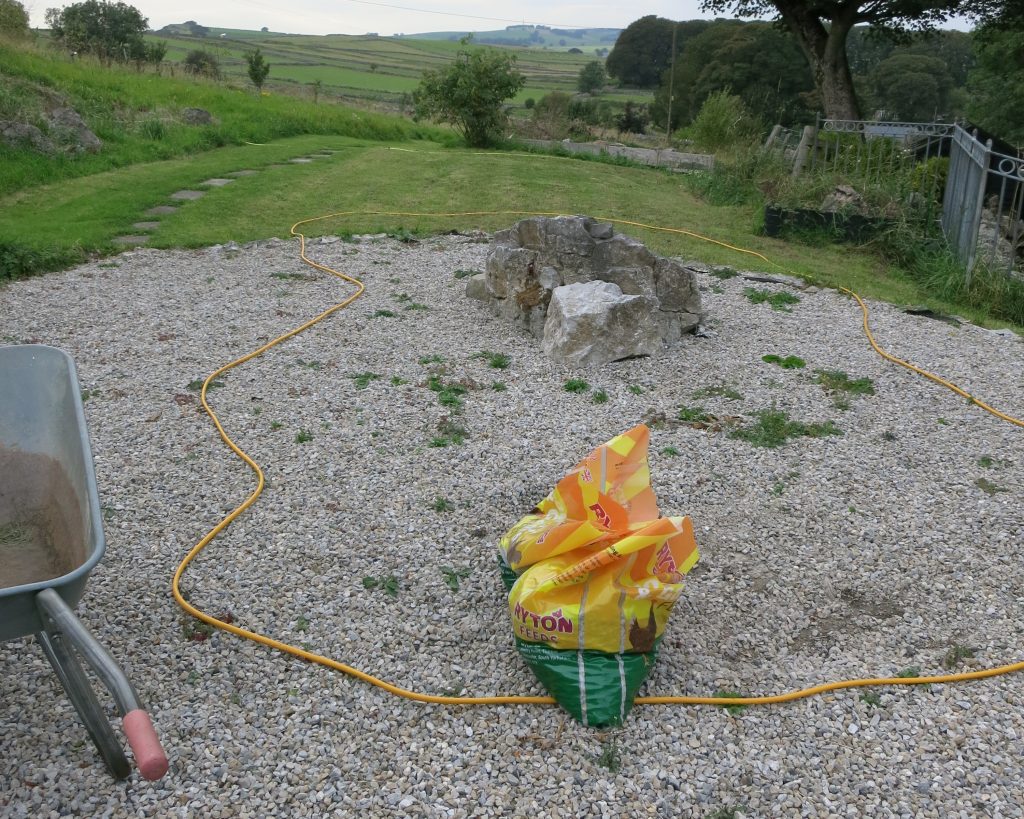
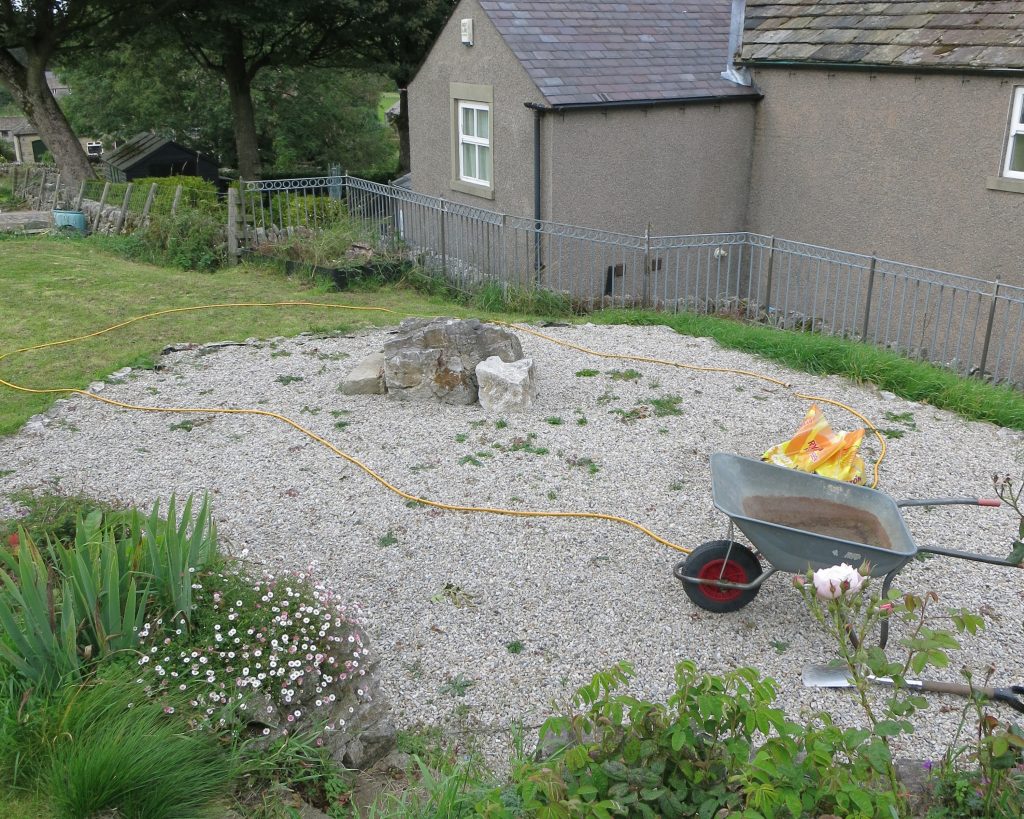
Although digging was begun at the end of 2019, it was delayed by winter and, as we approached the point of needing to import sand, underlay and liner, the Covid19 pandemic brought things to a halt; installing such a large pond liner was going to need several strong pairs of hands….. just not possible during social distancing.
After a considerable and frustrating wait, in early 2023, we finally got the help we needed to install the liner and create the wildlife pond I’d been imagining for so long.
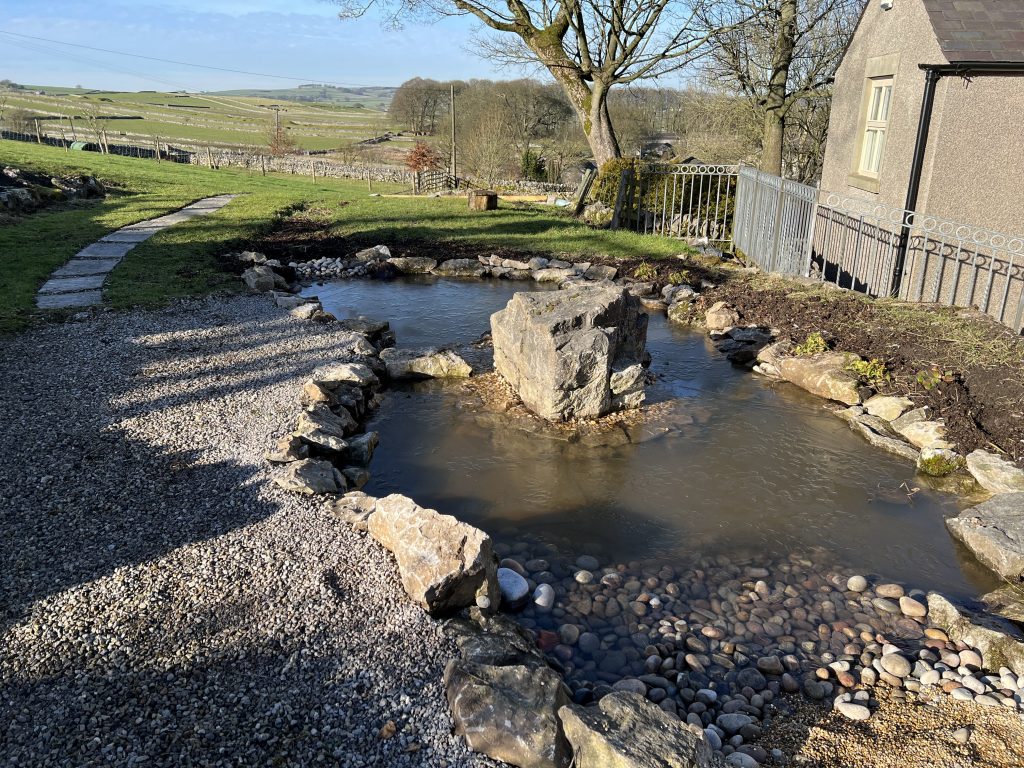
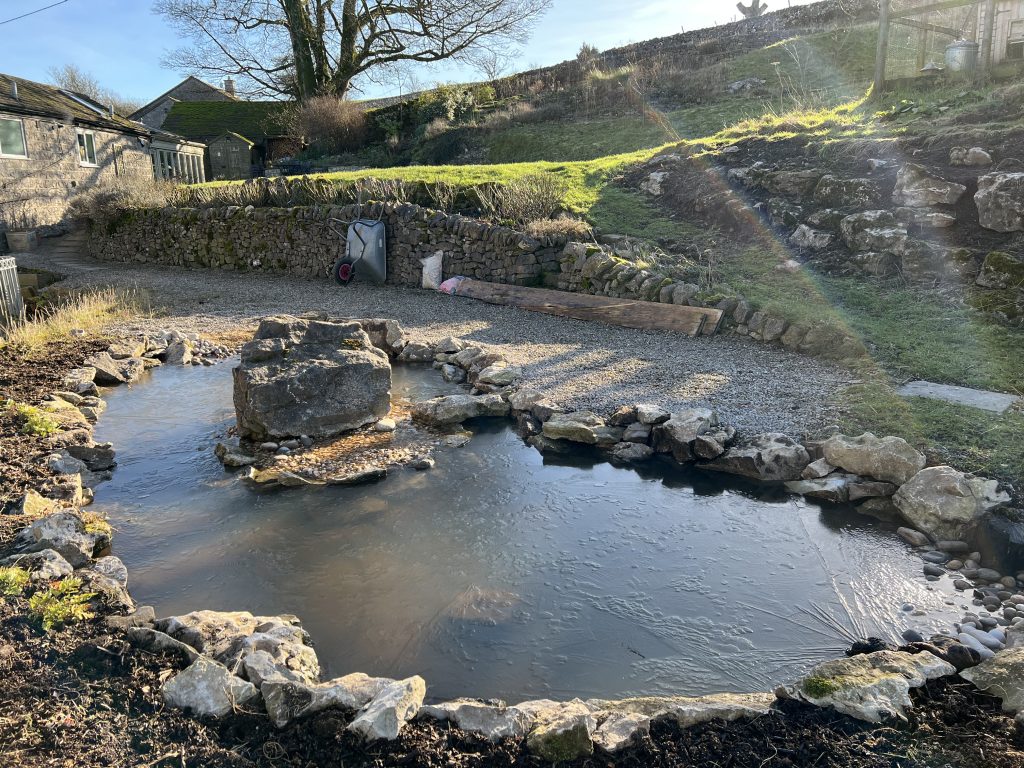
Time for some serious research into suitable native plant species, but I’ll need to be patient a little longer, as stockists have little to offer during the winter months
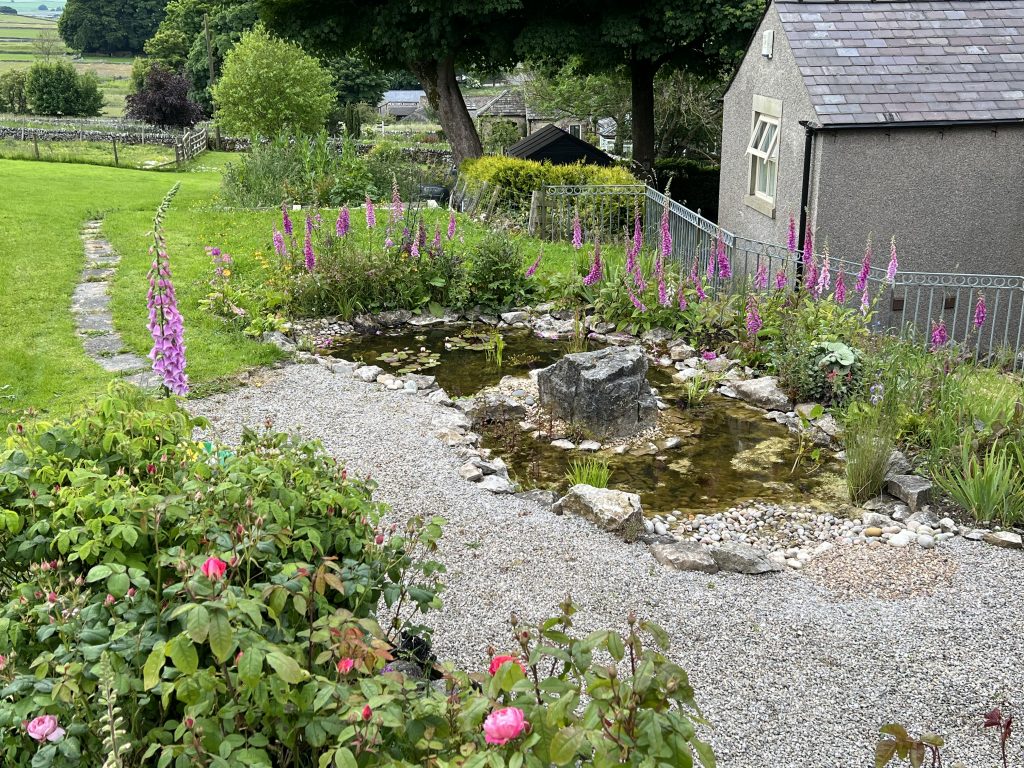
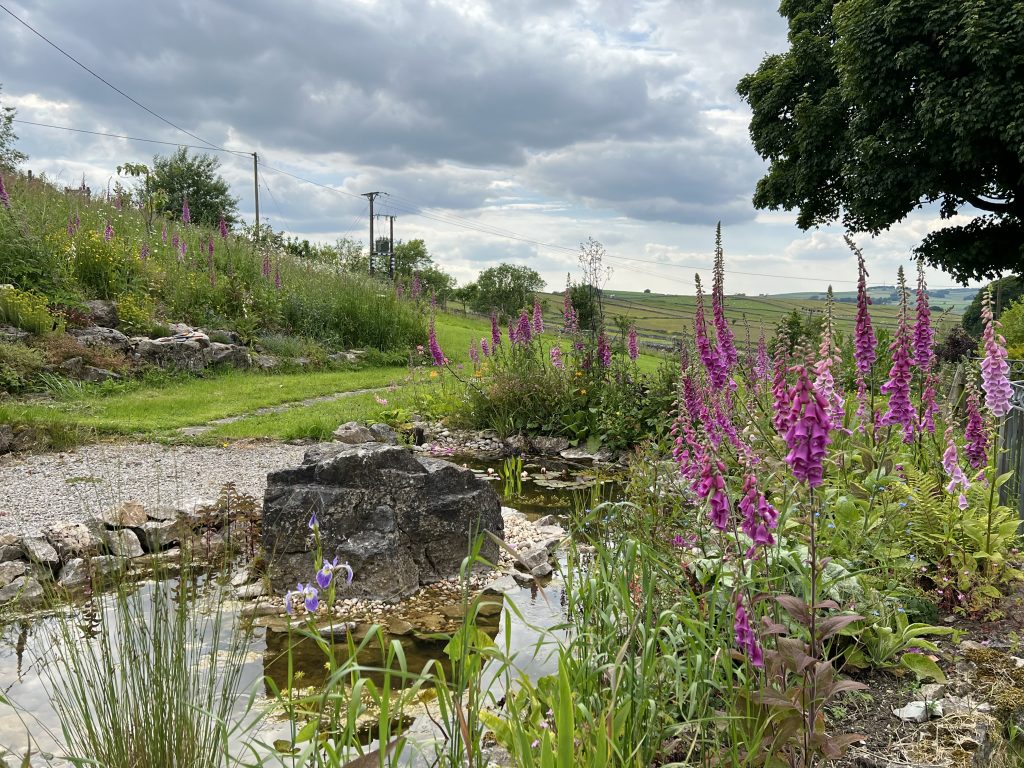
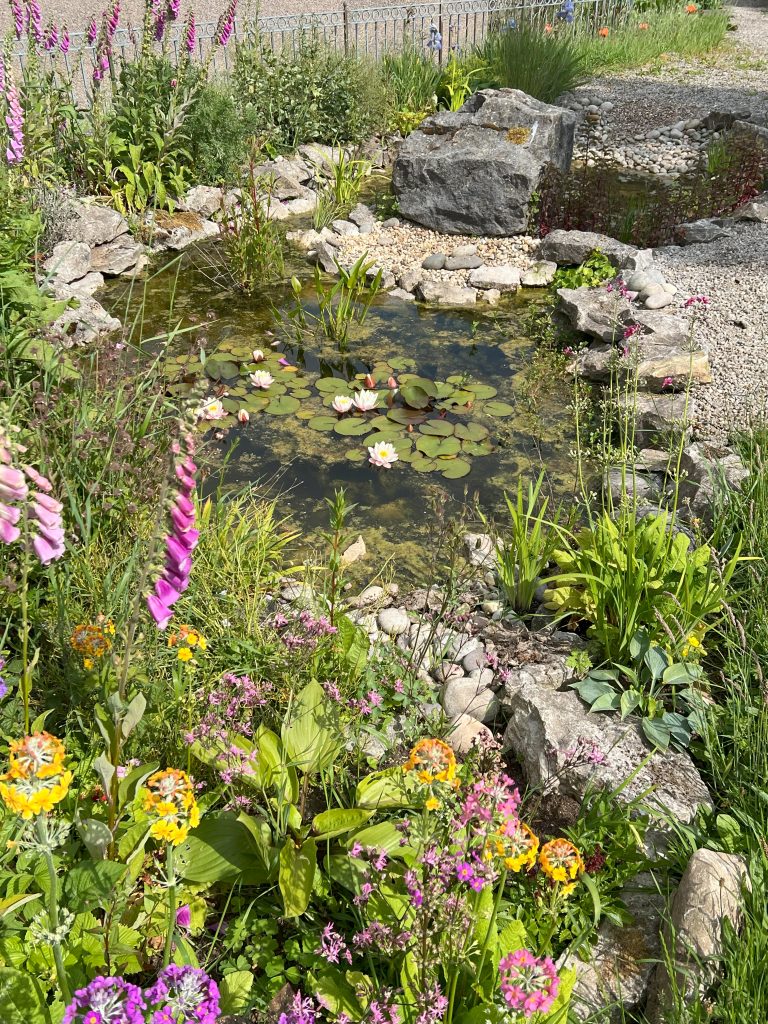
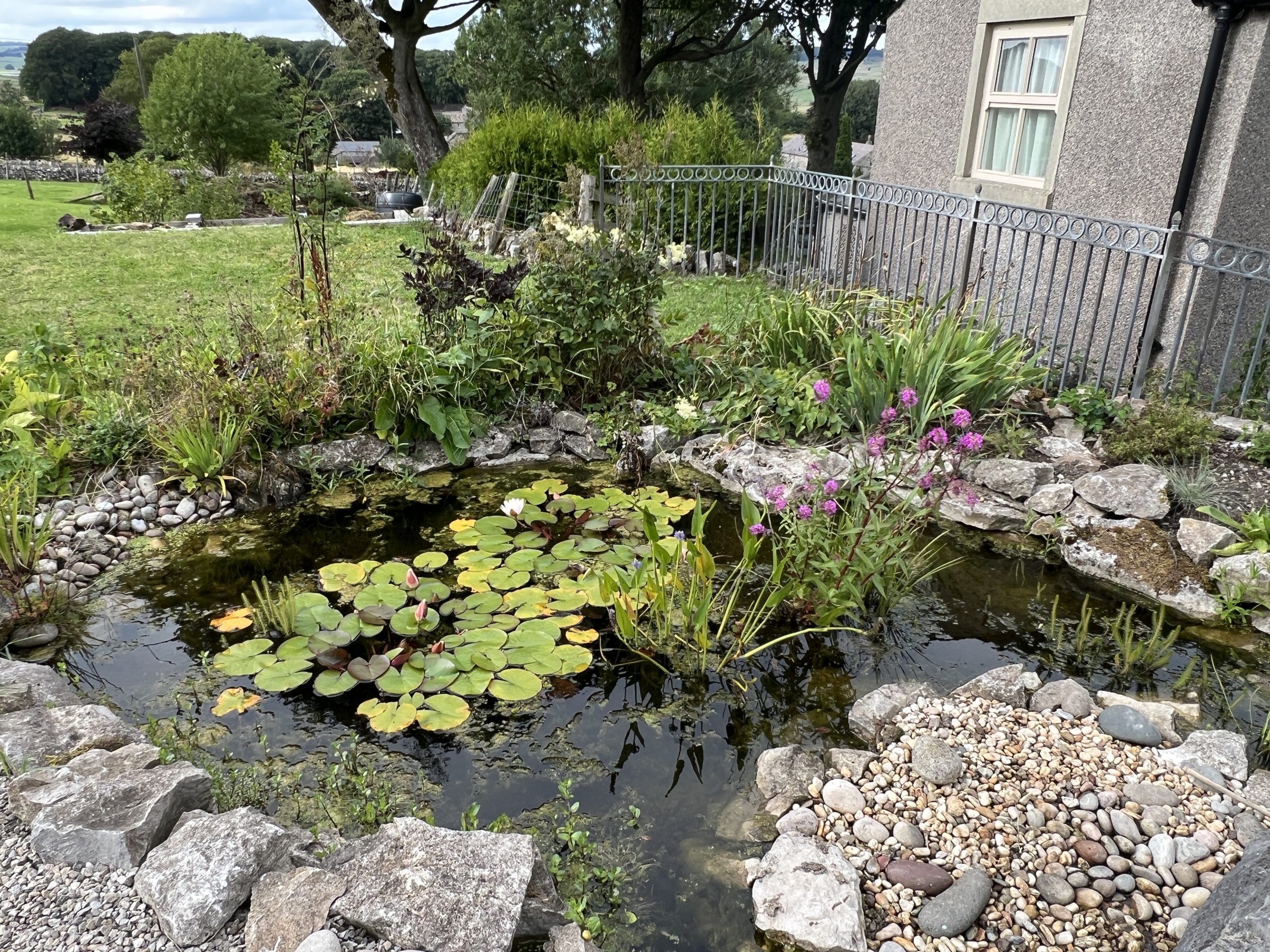
By June 2025 the pond has matured nicely and become home to newts, lots of Dragonflies & Damselflies and, after a long wait during which we heard mating calls but had no sightings, I have now seen the first frog making use of the pond.
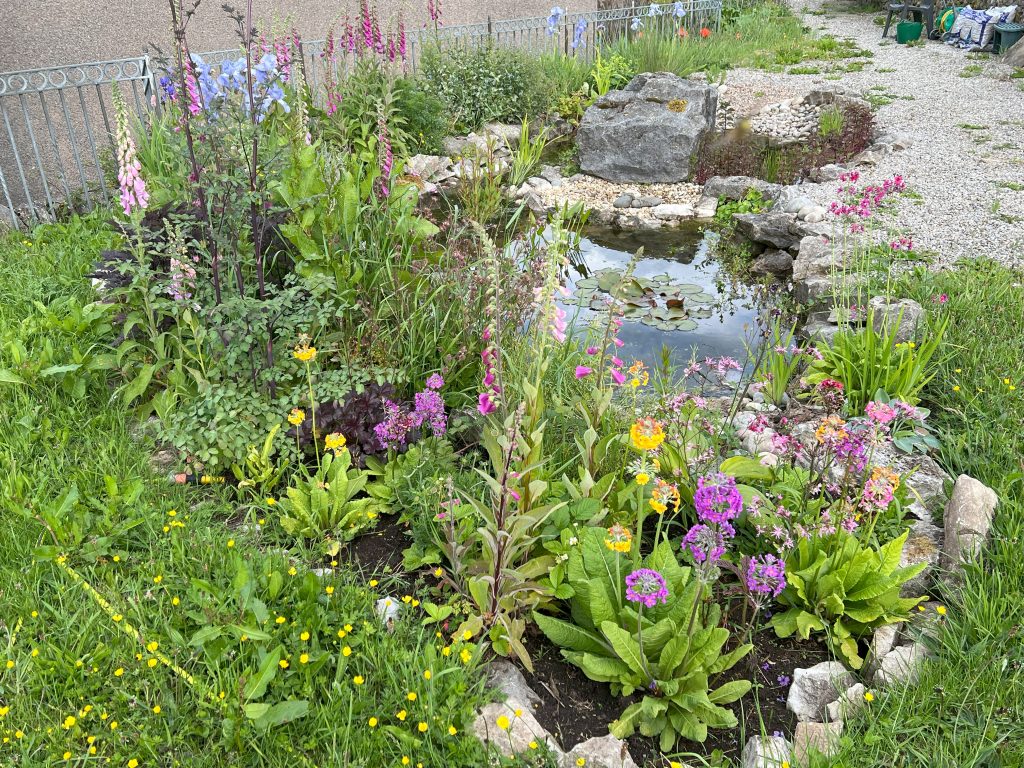
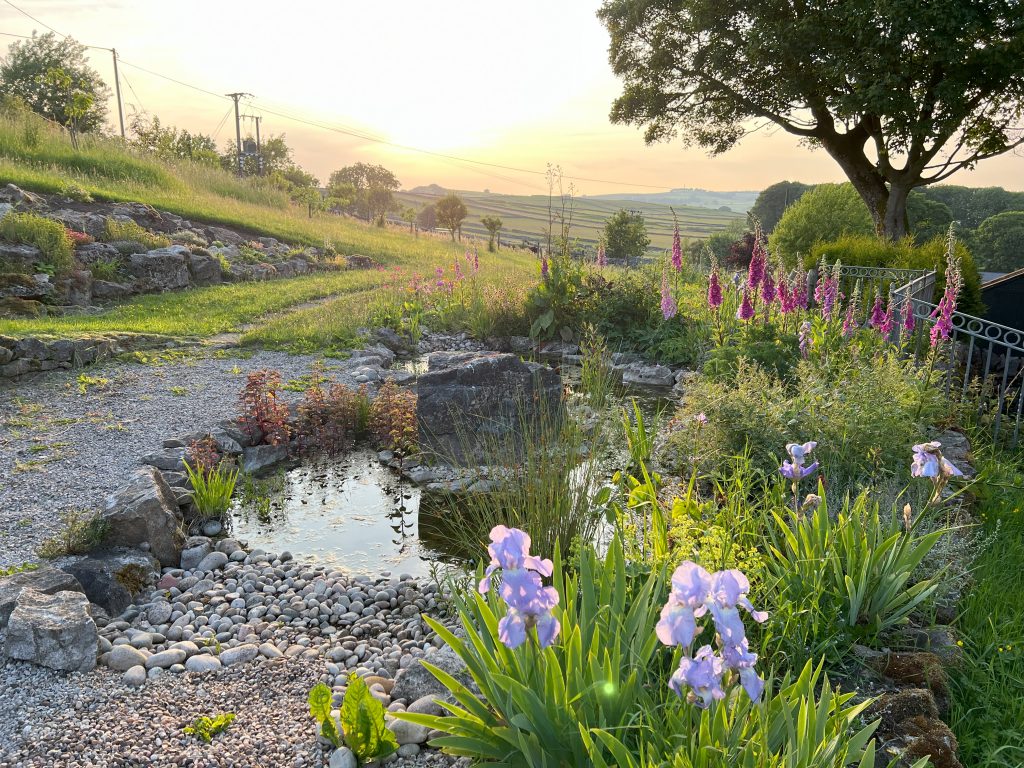
I remember spotting a Stoat, several years ago but, during the winter months 2024-25 I have had several sightings so we do seem to have at least one resident stoat. Unfortunately, due to their speed, I haven’t been able to capture an evidential photo but I’ll keep trying.